How/when/where to "pinch" plant for bushier container growth?
acg85
9 years ago
Featured Answer
Comments (14)
greenman28 NorCal 7b/8a
9 years agolast modified: 9 years agoRelated Professionals
Seabrook Landscape Architects & Landscape Designers · Woburn Landscape Contractors · Dedham Landscape Contractors · Norristown Landscape Contractors · Santa Ana Landscape Contractors · Casselberry Landscape Contractors · Lynwood Solar Energy Systems · Cockeysville Fence Contractors · Coram Fence Contractors · Hull Fence Contractors · Manorville Fence Contractors · Troutdale Fence Contractors · Van Nuys Fence Contractors · Woodinville Fence Contractors · Lomita Fence Contractorsacg85
9 years agolast modified: 9 years agorina_Ontario,Canada 5a
9 years agolast modified: 9 years agoken_adrian Adrian MI cold Z5
9 years agolast modified: 9 years agotapla (mid-Michigan, USDA z5b-6a)
9 years agolast modified: 9 years agoacg85
9 years agolast modified: 9 years agoacg85
8 years agolast modified: 8 years agoacg85
8 years agoacg85
8 years agotapla (mid-Michigan, USDA z5b-6a)
8 years agolast modified: 8 years agodrew51 SE MI Z5b/6a
8 years agoacg85
8 years agotapla (mid-Michigan, USDA z5b-6a)
8 years agolast modified: 8 years ago
Related Stories

CONTAINER GARDENSContainer Garden Basics: How and When to Water Potted Plants
Confused about soil moisture, the best time to water and what watering device to use? This guide can help
Full Story
CONTAINER GARDENS8 Easy Container Plants to Grow From Seed
Get beautiful blooms and herbs in summer by starting these choice garden picks from seed in spring
Full Story
GARDENING GUIDESGot Frost-Damaged Plants? How It Happens, and When and How to Prune
Crispy brown leaves are a sure sign that Jack Frost has been to your neighborhood
Full Story
GARDENING GUIDESWhen and How to Plant a Tree, and Why You Should
Trees add beauty while benefiting the environment. Learn the right way to plant one
Full Story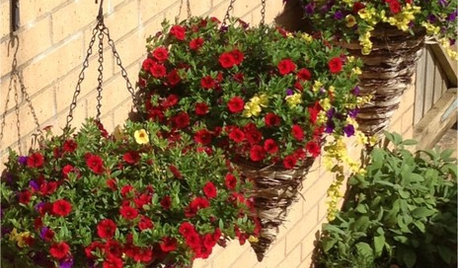
CURB APPEALCrazy for Colorful Cones: 5 Container Plantings Beyond the Bowl
Give even a small garden an exuberant vibe with hanging cones overflowing with blooming beauties
Full Story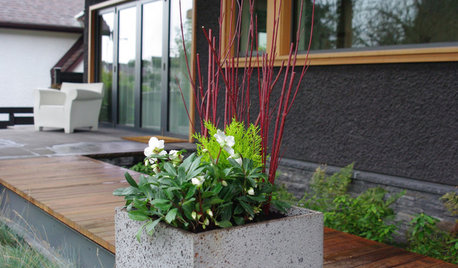
WINTER GARDENING7 Container Plantings to Bring Winter Gardens to Life
Adding instant color but with long-lasting practicality, these plant groupings are bright spots in a slumbering wintertime garden
Full Story
PLANTING IDEASStretch the Budget, Seasons and Style: Add Conifers to Your Containers
Small, low-maintenance conifers are a boon for mixed containers — and you can transplant them to your garden when they’ve outgrown the pot
Full Story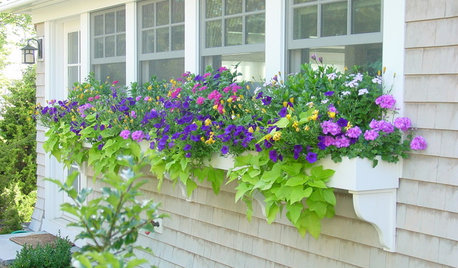
CONTAINER GARDENSChoose Complementary Colors for Dazzling Container Gardens
Red and green, purple and yellow, and blue and orange are opposing pairs that work in perfect harmony
Full Story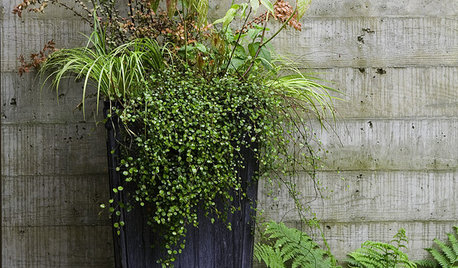
GARDENING GUIDESThe Secret Formula for Grouping Plants in a Pot
Designing a gorgeous container garden is easy once you know this simple rule of thumb for composition
Full Story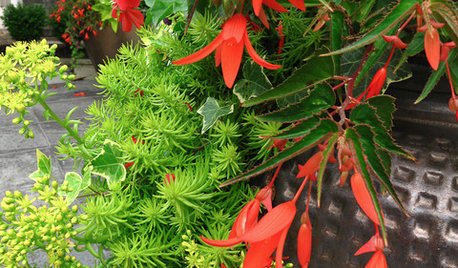
GARDENING GUIDESSuperstar Annuals for Containers and Baskets
High performing, low maintenance and all-around gorgeous, these container plants go the distance while you sit back and relax
Full StoryMore Discussions






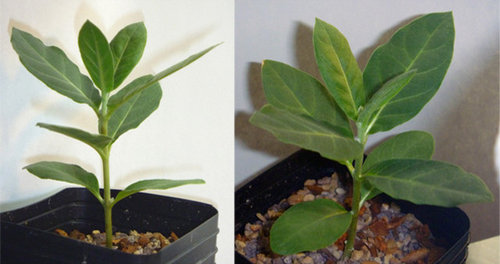
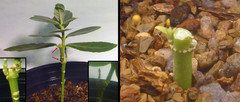

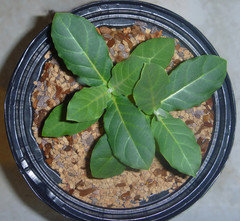

drew51 SE MI Z5b/6a